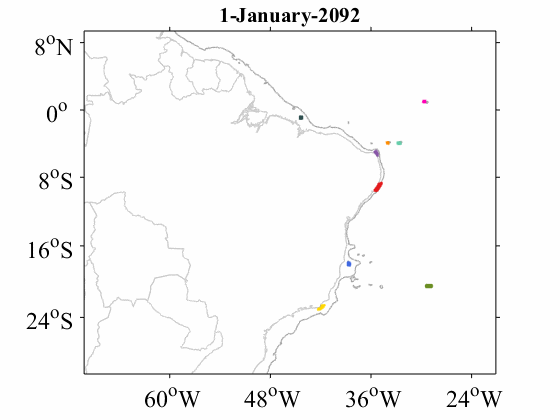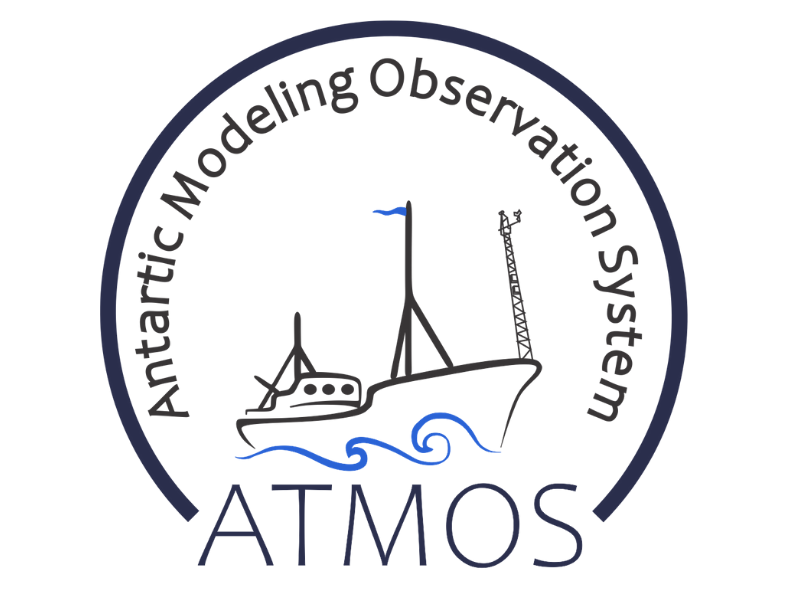
|

|
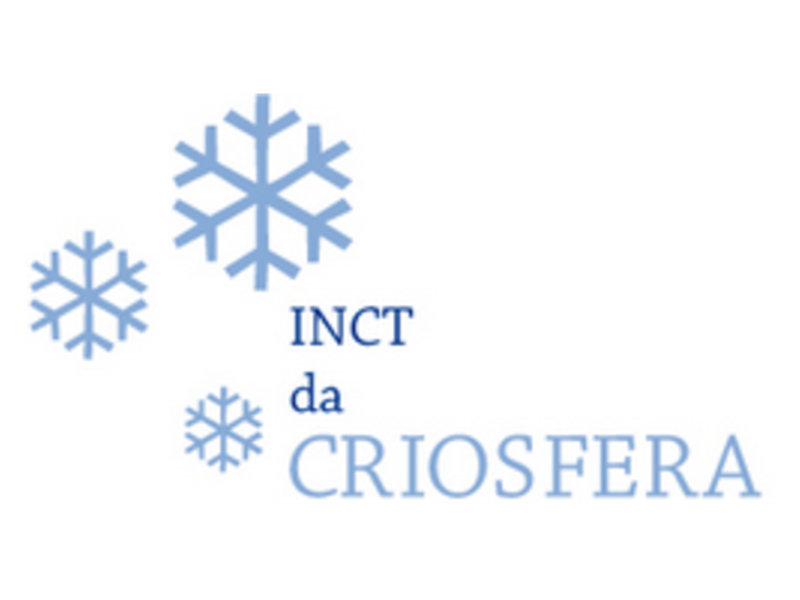
|
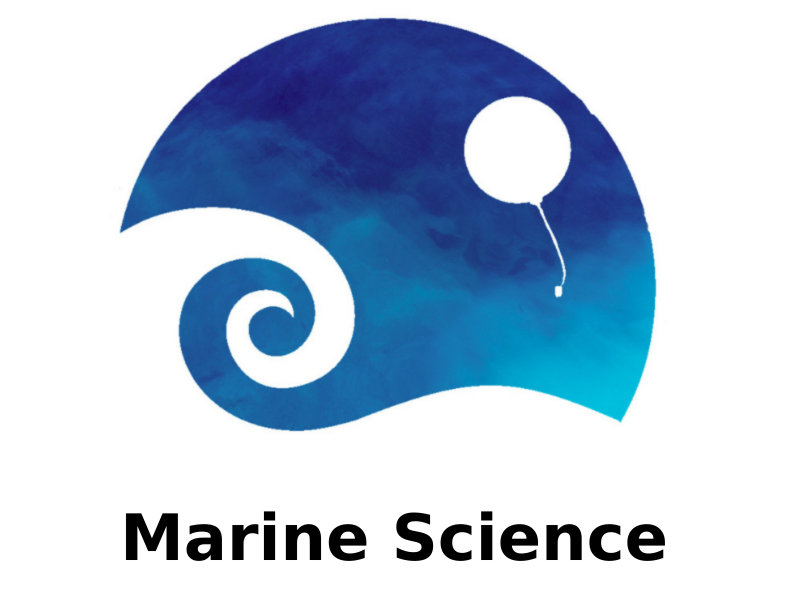
|
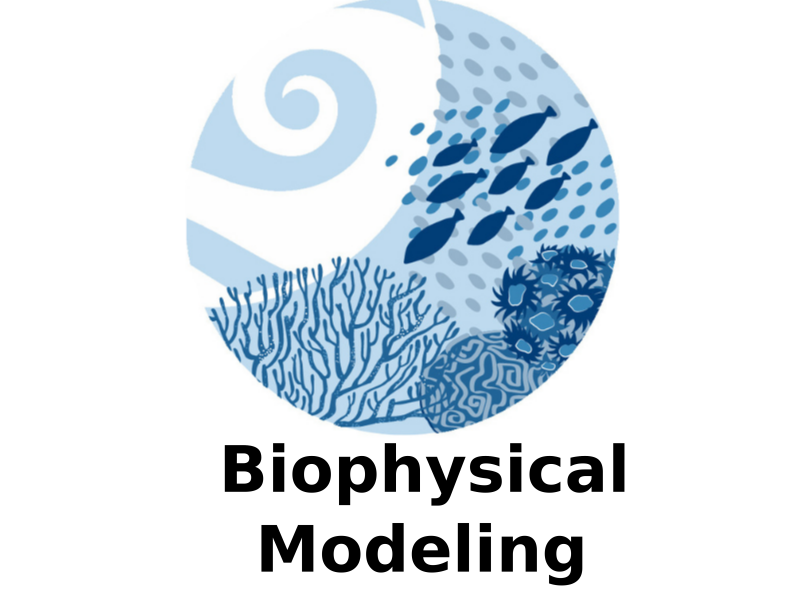
|
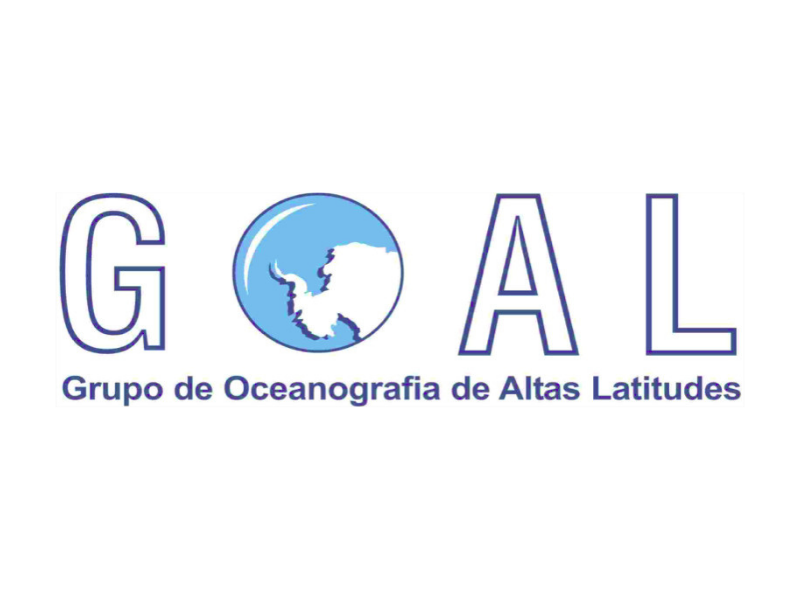
|

To understand how the physical environment interacts with marine organisms, one can resort to biophysical modeling, combining biological models with ocean circulation models. The early life of many marine organisms involves the egg and larval stages that develop in the water column and are carried by oceanic currents. This process is responsible for the dispersion of species and contributes to the maintenance of populations, contributing to their resilience in the face of climate change.
Biophysical models integrate information about: transport, growth, behavior, mortality, and settlement of eggs and larvae, based on dynamic three-dimensional fields of ocean physical components (e.g., velocity, temperature, density) provided by hydrodynamic biogeochemical models, coupled or do not. These models allow exploratory analyzes and hypothesis testing to study the recruitment of marine fish populations.
Generally, biological models consider transport as a Lagrangian process and simulate the movement of individuals as if they were particles (with little or no swimming ability). These models use information from currents and environmental conditions generated by ocean circulation models, allowing testing hypotheses about how these organisms disperse and estimating the survival potential and connectivity of marine protected areas.
LOA has been developing theses and dissertations on this subject since 2009 and has published scientific articles on the effect of the ocean on the dispersion of lobster species, reef fish, and the reproduction of Brazilian sardines. We are currently developing research on the demographic connectivity of reef fish between Marine Conservation Units and the potential effects of climate change and the dispersion of invasive species such as the sun coral. Also, we have studies focusing on the mapping of coherent Lagrangian structures in the Brazil Current. And the intensification of the hydrological cycle in the Amazon.
